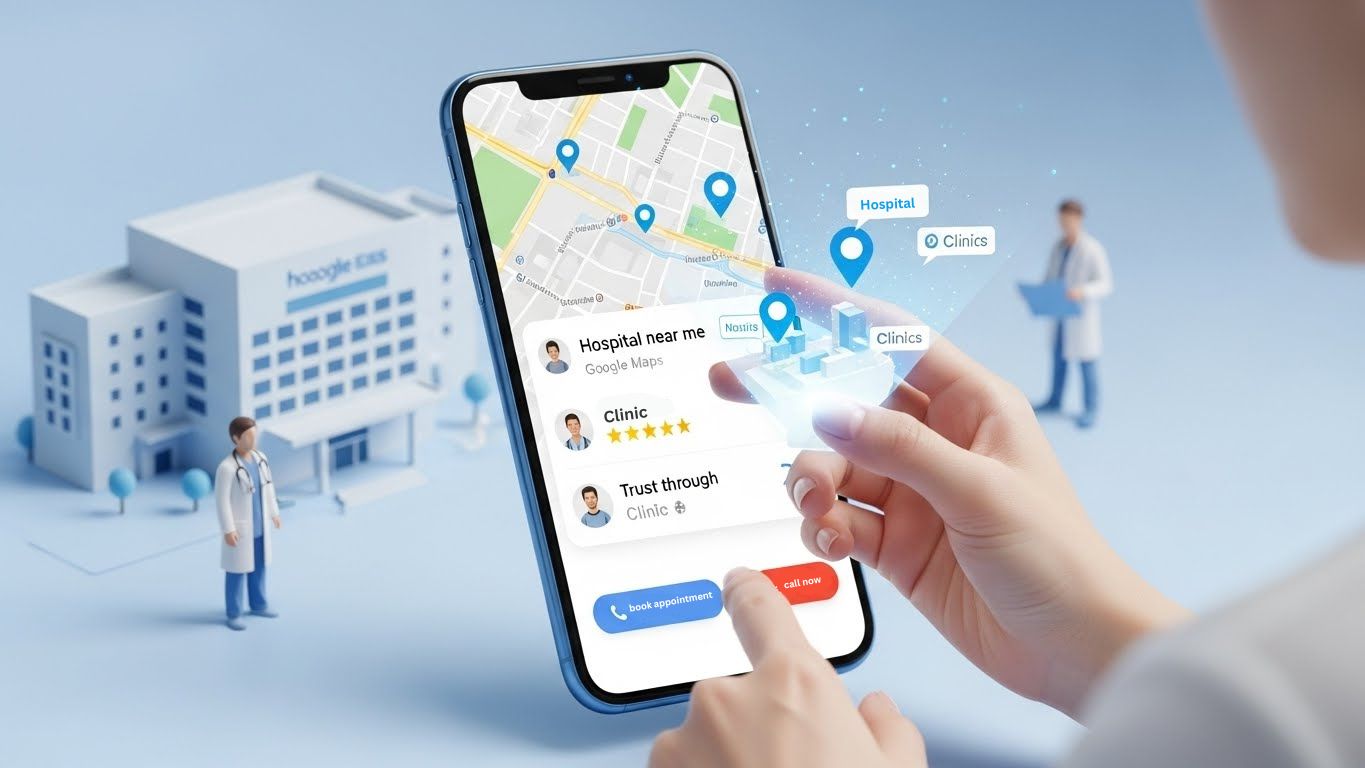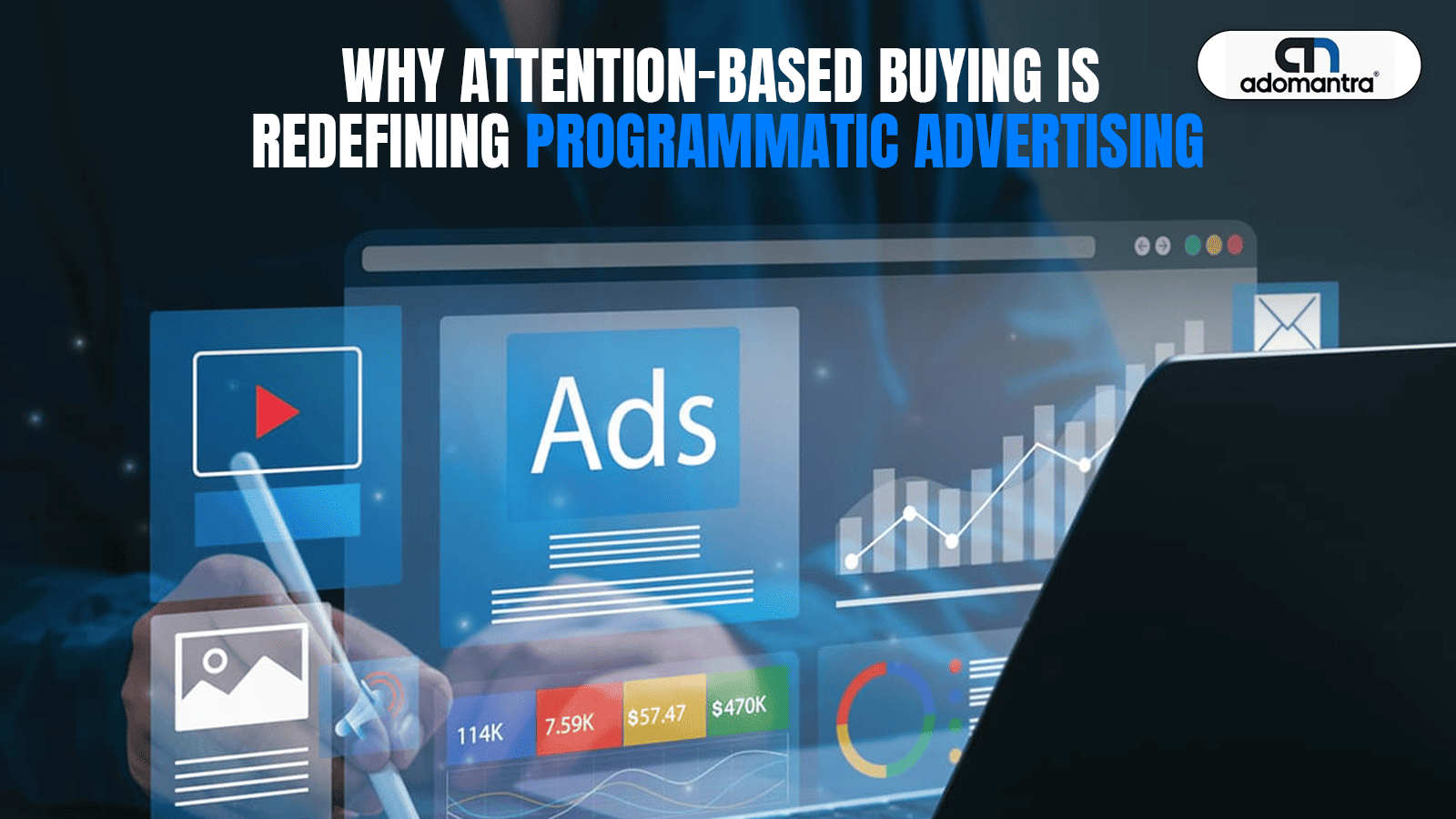
What is In-App Ad in Digital Marketing? - Glossary
Introduction
In-App Ad in digital marketing refers to a form of advertising where promotional content is displayed within mobile applications (apps) or software programs. As mobile usage continues to surge, developers and marketers recognize the potential of in-app advertising as an effective means to reach a vast and engaged audience. These ads can take various formats, including banner ads, interstitial ads, native ads, and video ads. The placement of ads within apps allows advertisers to target specific user demographics, interests, and behaviors, maximizing the relevance and impact of their campaigns. In-App Ads offer a seamless user experience by blending into the app's interface, resulting in higher engagement rates and improved brand visibility.
A digital marketing agency plays a pivotal role in enhancing online presence, visibility, and brand success. Leveraging cutting-edge strategies, a reputable agency can drive targeted traffic, boost conversions, and engage customers across various platforms. Trustworthy digital marketing agencies deliver tailored solutions to help businesses thrive in the competitive online landscape.
Understanding In-App Ads
In-App Ads are a crucial component of digital advertising, capitalizing on the widespread use of mobile applications. Unlike traditional banner ads on websites, in-app ads are integrated directly into the app's interface, ensuring higher visibility and user engagement. These ads can be personalized based on user data and behavior, allowing advertisers to target specific audiences with relevant content. Due to their non-disruptive nature, in-app ads are generally well-received by users, leading to a more positive brand perception. Additionally, the tracking capabilities of in-app ads enable advertisers to measure the effectiveness of their campaigns and optimize them for better results. As mobile usage continues to rise, in-app advertising presents significant opportunities for businesses to reach their target customers effectively.
Benefits of In-App Advertising
In-App Advertising offers several compelling benefits for advertisers and businesses alike. Firstly, it provides access to a vast and engaged audience, as mobile app usage continues to surge globally. Secondly, in-app ads can be highly targeted, leveraging user data and behavior to reach specific demographics, interests, and preferences, maximizing the relevance of ads. Additionally, in-app ads tend to be less intrusive than other forms of advertising, leading to higher user satisfaction and positive brand perception. The tracking and analytics capabilities of in-app advertising also enable advertisers to measure the effectiveness of their campaigns and make data-driven optimizations for better results. Overall, in-app advertising offers a powerful and effective way for businesses to connect with their potential customers.
In-App Ad Formats and Best Practices
In-App Advertising encompasses various ad formats and adheres to certain best practices to ensure optimal results. Common ad formats include:
- Banner Ads: Displayed at the top or bottom of the app interface, these ads are static or animated and are less intrusive.
- Interstitial Ads: Full-screen ads that appear at natural app transition points, such as between levels or during content loading.
- Native Ads: Designed to blend seamlessly with the app's content and appearance, providing a non-disruptive user experience.
- Video Ads: Short video clips that engage users and deliver compelling messages.
Best practices include relevance, ensuring that ads match the app's context, targeting specific user segments, and optimizing ad frequency to prevent overexposure. Additionally, considering the ad's creative elements and maintaining a clear call-to-action are essential for successful in-app advertising.
Challenges and Considerations
In-App Advertising, while offering numerous benefits, also comes with its set of challenges and considerations. One major challenge is ad-blocking software, which can hinder ad visibility and reach. Ad fatigue is another concern, as users may become disengaged if they encounter ads too frequently. Balancing revenue generation without compromising user experience is crucial, as intrusive or irrelevant ads can lead to negative brand perception. Ad fraud and viewability are ongoing issues, demanding robust ad verification measures. Advertisers must also be mindful of data privacy regulations and ensure responsible handling of user information. Overcoming these challenges requires strategic planning, user-centricity, and continuous monitoring to ensure successful and sustainable in-app advertising campaigns.
In-App Advertising and Monetization for App Developers
In-App Advertising presents a lucrative opportunity for app developers to monetize their creations and generate revenue. By integrating ads into their apps, developers can offer free or discounted versions to attract a larger user base. In turn, advertisers pay to display their content to the app's audience, creating a mutually beneficial arrangement. However, striking the right balance between user experience and ad integration is crucial, as excessive or intrusive ads can lead to user dissatisfaction and decreased engagement. App developers must carefully choose ad formats and placements that seamlessly blend with their app's interface, maintaining a positive user experience while maximizing ad revenue.
In-App Ads and User Behavior
In-App Ads significantly impact user behavior within mobile applications. When implemented thoughtfully, these ads can enhance user engagement by providing relevant and personalized content, thereby improving user satisfaction. However, poorly executed ads may lead to negative outcomes, such as increased app abandonment, reduced session durations, or even uninstallation. Users generally respond positively to non-intrusive, well-targeted ads that align with their interests. Advertisers must consider user preferences and behaviors to deliver valuable and contextual ads. By understanding user behavior, preferences, and feedback, advertisers can optimize their in-app ad strategies to create a seamless and rewarding user experience, fostering long-term user retention and loyalty.
Case Studies: Successful In-App Advertising Campaigns
Several successful in-app advertising campaigns have demonstrated the effectiveness of this marketing strategy. One notable case is "Clash of Clans," a mobile game that used in-app ads to promote other games from the same developer. By leveraging their existing engaged user base, Clash of Clans effectively cross-promoted other games, resulting in increased downloads and revenue. Another example is the "Nike+ Run Club" app, which incorporated native ads from fitness brands seamlessly into the app's interface, providing users with relevant products and services. This approach garnered positive user feedback and significantly boosted the brands' visibility and sales. These case studies highlight how strategic and user-centric in-app advertising can yield impressive results.
Future Trends in In-App Advertising
The future of in-app advertising is poised for exciting advancements. As technology evolves, augmented reality (AR) and virtual reality (VR) are expected to play a more significant role, enabling immersive and interactive ad experiences. Artificial intelligence (AI) will further enhance ad targeting and personalization, delivering hyper-relevant content to users. Voice-activated ads and conversational marketing will become prominent, capitalizing on the rise of voice-enabled devices. Additionally, in-app gamification and interactive storytelling are likely to engage users further. Data privacy will remain a top concern, driving the adoption of privacy-centric ad practices. Overall, the future of in-app advertising will be characterized by innovation, personalization, and seamless integration into users' digital experiences.
Conclusion
In-app advertising stands at the forefront of digital marketing, presenting tremendous opportunities for businesses, app developers, and advertisers. This powerful strategy allows brands to reach a vast and engaged audience while offering app developers a viable monetization model. By integrating ads seamlessly into app interfaces and leveraging data-driven targeting, in-app ads can deliver relevant content that enhances user experiences rather than disrupting them.
As the industry evolves, future trends in in-app advertising, such as augmented reality, voice-activated ads, and AI-driven personalization, promise even more exciting possibilities. However, it is crucial for advertisers to strike a delicate balance between revenue generation and maintaining a positive user experience. Respecting user privacy and preferences will remain paramount to foster long-term user loyalty and success in this dynamic landscape.
In the ever-evolving world of digital advertising, embracing user-centricity, innovative technologies, and responsible practices will ensure that in-app advertising continues to flourish, benefiting both businesses and users alike. As we look ahead, it is evident that in-app advertising will continue to revolutionize the way brands connect with their audiences, shaping the future of digital marketing.







